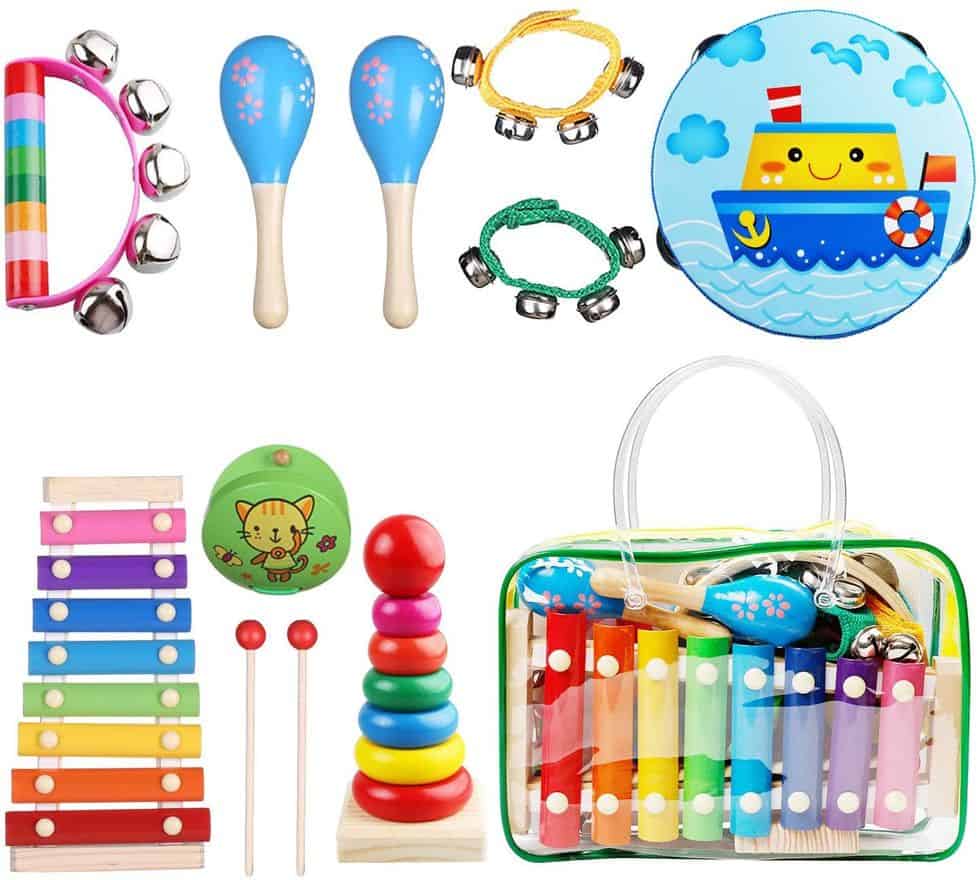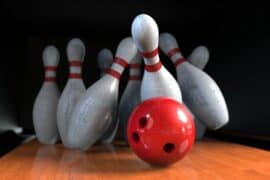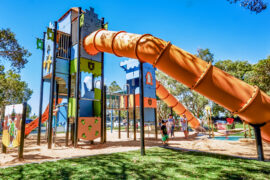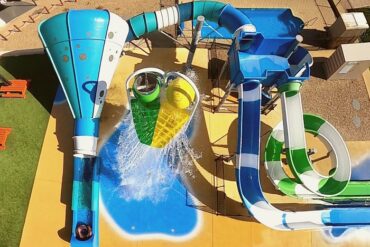Unlock the World of Sensory Play: Top Toys for Your 1-Year-Old
Hello there, bright parents! Are you looking to sprinkle some extra fun and development into your little one’s playtime? Sensory toys are the golden tickets to a magical journey of growth for your 1-year-old. As they explore through touch, sight, sound, and more, these toys are like little keys unlocking the doors to their blossoming senses. Let’s dive into the colorful ocean of sensory toys that will delight your tots and aid their incredible developmental voyage!
Why Sensory Toys are a Must-Have for Your Tiny Tot
Why, you ask, are sensory toys more than just playthings? Well, at this tender age, your little explorers are absorbing information like sponges! They’re learning to engage with the world around them—and sensory toys act as catalysts in this adventure. By stimulating their senses, sensory toys help improve motor skills, coordination, and even language acquisition. So let’s help them grasp, rattle, and roll their way to developmental triumph!
Choosing the Right Sensory Toys for Your One-Year-Old
With the myriad of toys available, picking the right ones can feel as complex as assembling a space shuttle for a toddler astronaut. Fear not! The keys to the kingdom are at your fingertips. Look for toys that:
- Are safe and non-toxic: The toy’s material should be free of harmful chemicals and small parts that could pose a choking hazard.
- Stimulate multiple senses: Vibrant colors, various textures, and engaging sounds will captivate your little one’s curiosity.
- Encourage fine and gross motor skills: Toys that promote grasping, stacking, and crawling are fantastic for their physical development.
- Grow with your child: Opt for toys that can adapt to your child’s evolving skills and continue to provide a challenge.
The Sensational Sensory Toy Box: What to Include
Now for the grand reveal—a treasure trove of sensory toy ideas to catalyze your child’s developmental milestones! Here’s what your toy box could include:
- Textured Balls: Balls with bumps, ridges, and squishy surfaces are perfect for touch exploration and can also encourage crawling after them.
- Soft Blocks: They’re not just for building! Soft blocks often come in bright colors and with various textures to press and squeeze.
- Sound-Making Toys: From rattles to musical instruments, toys that make noise help link actions with consequences—shake and hear a sound!
- Activity Mats: These come with a host of engaging features: mirrors, textures, flaps, and sounds for hours of tummy time fun.
- Bath Toys: Transform bath time into a sensory experience with toys that float, squirt water, or change color with temperature.

Five Things Every Parent Should Know When Preparing Sensory Toys for 1-Year-Olds
Before you embark on the exciting journey of selecting sensory toys for your 1-year-old, there are a few essentials to keep in mind. These guiding principles will ensure not only a fun experience but a safe and developmentally appropriate one as well!
- Understand Your Child’s Sensory Needs: Each child is unique in how they perceive and process sensory information. While some may love toys with bright lights and sounds, others might prefer more tactile experiences. Pay attention to what kind of stimuli your child responds to positively.
- Engage in Shared Play: Sensory toys are fantastic for independent exploration, but they also present opportunities for you to play and bond with your child. Shared play can help you guide your child’s sensory experiences and model new ways to interact with toys.
- Maintain a Rotation System: To keep your child’s sensory playtime fresh and exciting, rotate their toys periodically. This not only prevents boredom but also gives them new challenges and experiences regularly.
- Emphasis on Natural Materials: Toys made from wood, cotton, and other natural materials often offer a more diverse range of textures and sensory experiences. They’re also generally safer and more environmentally friendly.
- Keep It Simple: It’s easy to get caught up in the latest trends or the most high-tech toys, but sometimes the simplest toys offer the richest sensory experiences. Objects like scarves for peek-a-boo, or pots and pans for drumming can be equally effective for sensory development.
The Importance of Sensory Play in Early Childhood Development
Sensory play isn’t just about fun and games—it’s a crucial part of early childhood development. Sensory toys create a playground for the nerve connections in your child’s brain to expand and grow. They also help children learn vital skills such as problem-solving, cooperation, and spatial reasoning. Through sensory play, children learn about cause and effect, explore their environment, and gain a sense of mastery over their world.
How to Create a Safe Sensory Play Space at Home
As important as the toys themselves is the environment in which sensory play takes place. Here are some tips on how to create a safe and stimulating play space:
- Clear the Clutter: Ensure the play area is tidy and free from clutter or unrelated items that could cause distractions or hazards.
- Choose a Comfortable Surface: Soft rugs, mats, or padded areas are best, especially for activities that involve sitting or lying down.
- Monitor for Safety: Always supervise your child during play to ensure they are safe and using toys appropriately.
- Accessible Storage: Have a designated place for toys to be returned after play. This helps with organization and teaches your child to tidy up.
- Control the Sensory Input: For a child who can be easily overwhelmed, keep the sensory input manageable by not introducing too many toys at once.
Sensory Toy Maintenance and Hygiene
Maintaining the cleanliness and integrity of your child’s sensory toys is vital for their health and safety. Regularly clean toys according to the manufacturers’ instructions. For toys that are shared or come in contact with the mouth, a good scrub with soap and water or child-safe cleaning solutions is essential. Check toys periodically for signs of wear and tear, and remove damaged toys from play to prevent potential injuries.
See more great Things to Do with Kids in New Zealand here. For more information see here
Disclaimer
The articles available via our website provide general information only and we strongly urge readers to exercise caution and conduct their own thorough research and fact-checking. The information presented should not be taken as absolute truth, and, to the maximum extent permitted by law, we will not be held liable for any inaccuracies or errors in the content. It is essential for individuals to independently verify and validate the information before making any decisions or taking any actions based on the articles.




